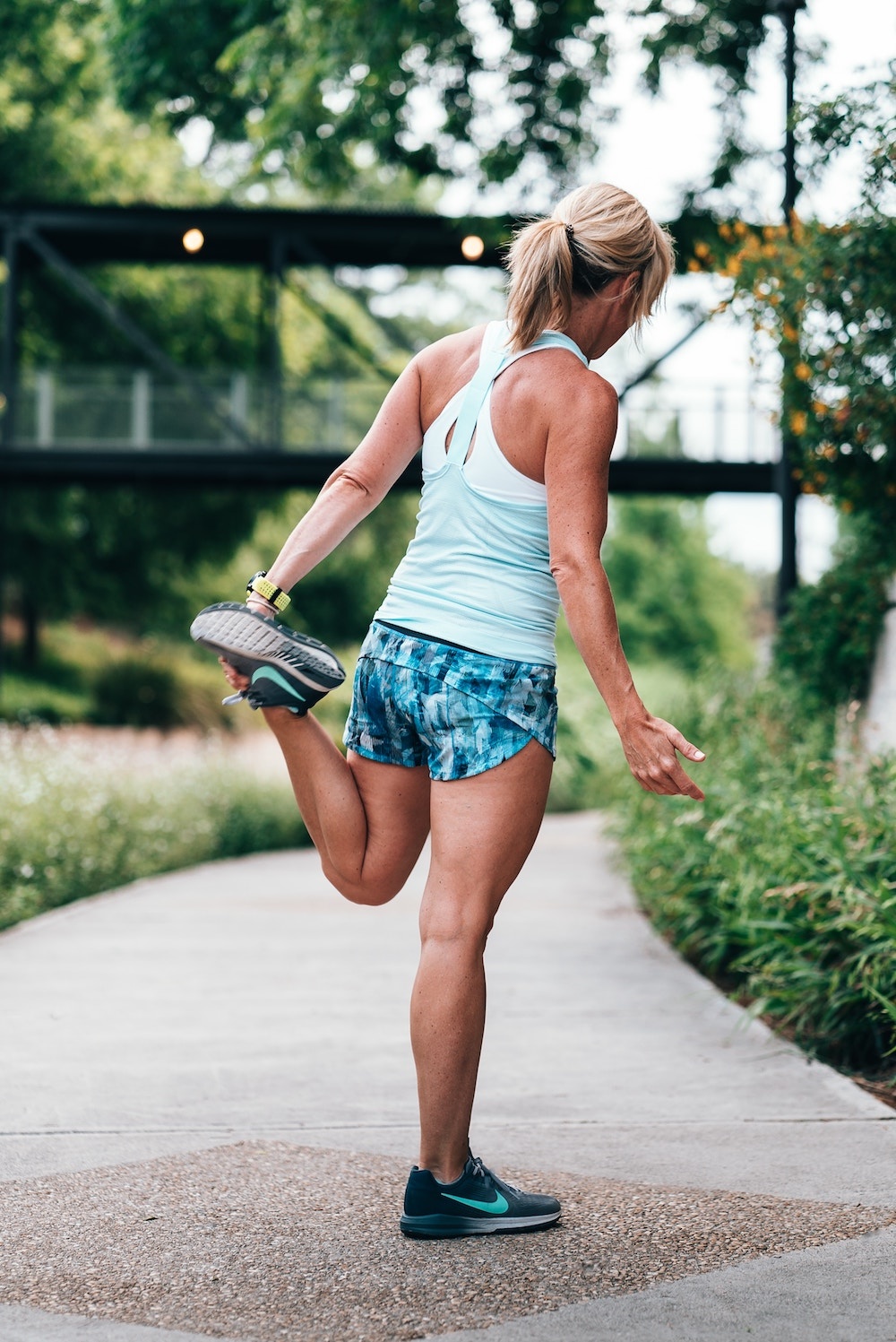When it comes to stretching, most people fall into two sharply divided camps. There are the Never-Stretchers, people who bemoan how boring it is, “forget” to do it, and believe it’s a waste of any free time they might have to exercise. Then there are the Flexibility Freaks, the kind of people who drop to the floor first thing out of bed to perform their routine, call hot yoga “life changing,” and trot out new contortions at parties after a couple of glasses of wine. Maybe different attitudes boil down to what your first gym teachers or coaches told you to do, or perhaps they are simply related to whether your individual body tends to be naturally stiff or naturally flexible. Whatever the reason, who is right?
The Never-Stretchers got a boost when a number of studies found that stretching as a warm up before vigorous exercise—something that had been ingrained as gospel in many of us—could actually reduce athletic performance by between 5 and 7.5 percent. But before you throw away your leggings, consider how limited that finding is: Stretching. As. A. Warm-up. Basically, don’t try to lengthen your cold muscles, ligaments, and tendons or they may punish you.
Instead, think of stretching as a way to gain flexibility and maintain range of motion (ROM) over a lifetime. The adage “use it or lose” it applies to flexibility as much as any other physical activity. You don’t want to be the person who can’t tie their own shoes or reach for a high shelf at 50. And with so many of us hunched over computers and cell phones and living sedentary lifestyles, pain, stiffness, and injury can occur far earlier than middle age.
The American College of Sports Medicine (ACSM) recommends the following routine: Adults should perform flexibility and ROM exercises two or three times a week in a stand-alone training session after warming up with an activity that increases your core temperature, like walking briskly. Alternatively, do your flexibility and ROM exercises following your game of tennis, spin class, run, etc. Even though stretching isn’t proven to provide the same boost to long term health outcomes as aerobic or weight bearing exercises do, there’s evidence that keeping the specific muscle groups you use during sports supple and limber can help prevent injuries. David Behm, a research professor at the School of Human Kinetics and Recreation at Memorial University of Newfoundland in Canada puts it this way: “You want your muscles and tendons to absorb…forces, so your joints aren’t taking a lot of beating.”
How to Stretch
There are a number of different styles of stretching. Ballistic stretching, where you get into position and bounce, is generally thought to be risky. If you haven’t stretched since fifth grade, that may well be what you learned back then. Dynamic stretching is a newer trend and takes your body through ROM actively, e.g. performing a series of side lunges. While many coaches incorporate dynamic stretching into athletic training, if you have never done it, it’s best to be taught by an expert. Static stretching, holding a single position for 10-60 seconds, is old school but recommended for beginners. From there you can get quite esoteric, such as holding a stretch and then firing that muscle but, again, that’s qualified personal trainer territory.
Performing a static stretching routine properly is key. Dr. Glenn Shi, an orthopedic surgeon at the Mayo Clinic says that while your muscles should feel tension, stop short of pain. “When you’re at a point where it’s becoming painful, you can actually cause damage to the muscles as well as the ligaments.” He recommends easing into each position and holding gently for about 30 seconds. This is still a no-no before warming up, but beneficial after a workout. If you’ve been a Never-Stretcher and don’t know where to begin, the Clinic has a guide to 10 basic moves here. Watching a DVD or video can be instructive as well. The Aging Backwards series by Miranda Esmonde-White is a classic.
Flexibility Freaks should be aware there is such a thing as over stretching. Pushing a joint or muscle beyond its normal ROM can cause microscopic tears, hyperextension, weakness, and can even be a precursor to arthritis. Hot yoga fans are particularly at risk. Heat sends blood to muscles and allows them to stretch beyond their normal range. Not so with the connective tissues—tendons and ligaments—which are essentially avascular (lacking blood vessels). So, if you love your hot yoga or pilates, take it easy to avoid potential pulls and tears.
Ask yourself why you are pushing so far. Does being limber in the extreme have any functional benefit? If the answer is no, you are throwing your leg over your shoulder and wrapping it around the back of your neck because it looks cool, you might consider backing off.










